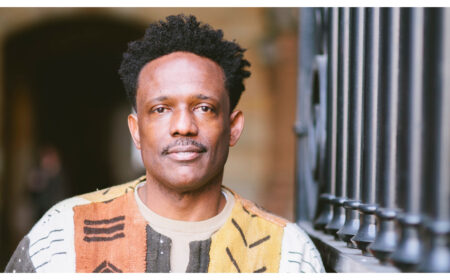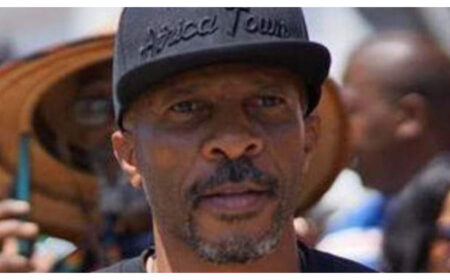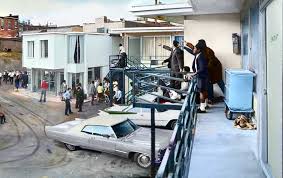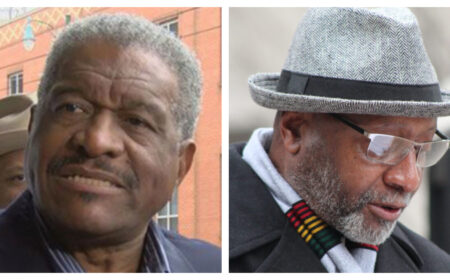The Forgotten Exodus: 7 Facts About the Black Loyalists and Refugee Negroes Escaping American Wars to Canada
June 29, 2016 | Posted by
The War of 1812
After the War of 1812, former enslaved Blacks fled to Canada and the Caribbean in search for a better life post-slavery. The second war between the British and the young United States of America was waged over tariffs, trade and the conscription of 10,000 American sailors. From 1812-15, this war was a footnote to the much larger Napoleonic Wars of the time.
According to historical records, British vice admiral of the empire’s royal fleet, Sir John Borlase Warren, wanted enslaved Blacks to fight for the Red Coats. To achieve this, Warren promised Black men and their families freedom in exchange for military service.
Immediately, the Royal Navy got word of this and officers began to employ the strategy throughout their forces.
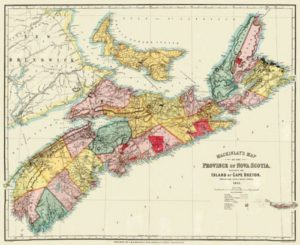
The Voyage to the Great Frozen North and Deep, Deep South
There were an estimated 3,600 former enslaved Africans who came from Maryland, Virginia, North Carolina, Louisiana and Georgia fleeing to the Red Coats’ side.
This large influx of free Black people settled in Nova Scotia, building homes and churches that still stand today. The “Refugee Negroes” also settled in the Canadian province of New Brunswick, and 95 went to the Caribbean island of Trinidad in 1815.
The First Black Person in Canada was from Benin
The very first Black man to come to Canada was a free Benin interpreter named Lusofonia — also known as Mathieu da Costa.
In 1605, Lusofonia was a member of the French exploring party including Pierre Dugua, the Sieur de Monts and Samuel de Champlain. He began translating for the Portuguese in the late 1500s. However, by 1600, he began to work for the French accompanying de Champlain and Dugua on voyages along the Canadian Atlantic Coast.
His mastery of English, French, Portuguese, and Dutch languages made him a valuable commodity to the French
Canada was Not the Perfect Paradise
By 1630, Black people were brought to Nova Scotia during the founding of the towns of Louisbourg and Halifax as enslaved people. In the 18th century, a second wave came to the nation during the American Revolution. This group were the “Black Loyalists” who left America, joined the British during the American Revolution, and moved to Canada. Many loyalists joined the British forces as soldiers serving in regiments such as the Royal Ethiopian and Black Pioneers.
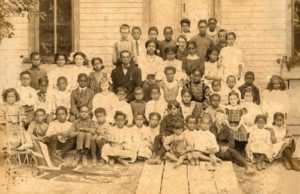
A Brave New World
After the Black Loyalists settled this brave new world, Black people began to create a society for themselves.
For example, Rose Fortune was born into slavery in the U.S. but in Canada she became an entrepreneur and the first woman of any race to be a police officer. Fortune came to Canada as a Black Loyalist during the American Revolution. The Black pioneer policed and protected warehouses of Annapolis Royal, Nova Scotia.
However, many were not as lucky as Fortune. The colony of Nova Scotia fell into an economic depression by the tail end of the War of 1812. It was also faced with an influx of European immigrants adding more competitors to the weak job market.
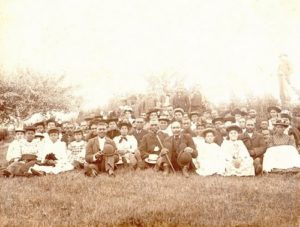
Glacial Progress in the Land of Snow and Ice
After a few decades of adjusting to their new reality, the opportunities for Black Nova Scotians began to open up. The creation of institutions such as the Royal Acadian School and the Cornwallis Street Baptist Church helped inspire hope and increase literacy among the newly arrived.
The Royal Acadian School was created in 1814 by British officer and reformer Walter Bromley to teach Black, poor and immigrant children in Halifax, Nova Scotia.
The Black Refugees founded the Cornwallis Street Baptist Church (formerly known as the African Chapel and the African Baptist Church) in Halifax in 1832. This church became a cultural center for the Black community well into the 1900s.
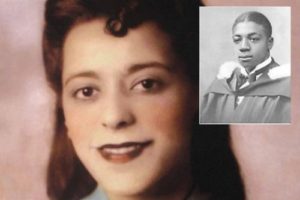
Black Power in the Frozen North
By the 1900s, Black liberation movements were created to address the racial discrimination aimed at Black Canadians. The church became a de facto meeting place and headquarters for the Nova Scotia Association for the Advancement of Colored People, established in 1945.
The man at the center of this Black unification for justice was William Pearly Oliver, minister of Cornwallis Street Baptist Church starting in 1937.
The NSAACP arrived on the international stage after protester and businesswoman Viola Desmond of Halifax was arrested for refusing to get out of her seat at the New Glasgow Roseland Theatre on November 8, 1946. Desmond sat in the “white-only” section of the theater even though she was willing to pay for the more expensive ticket. The Canadian civil rights pioneer defied segregation nine years before Rosa Parks did. The incident launched the modern civil rights movement in the nation, and Oliver was at the forefront. Many other organizations sprung from the NSAACP, such as the Nova Scotia Human Rights Commission (1967), the Black United Front (1969), and the Black Cultural Center (1983).
